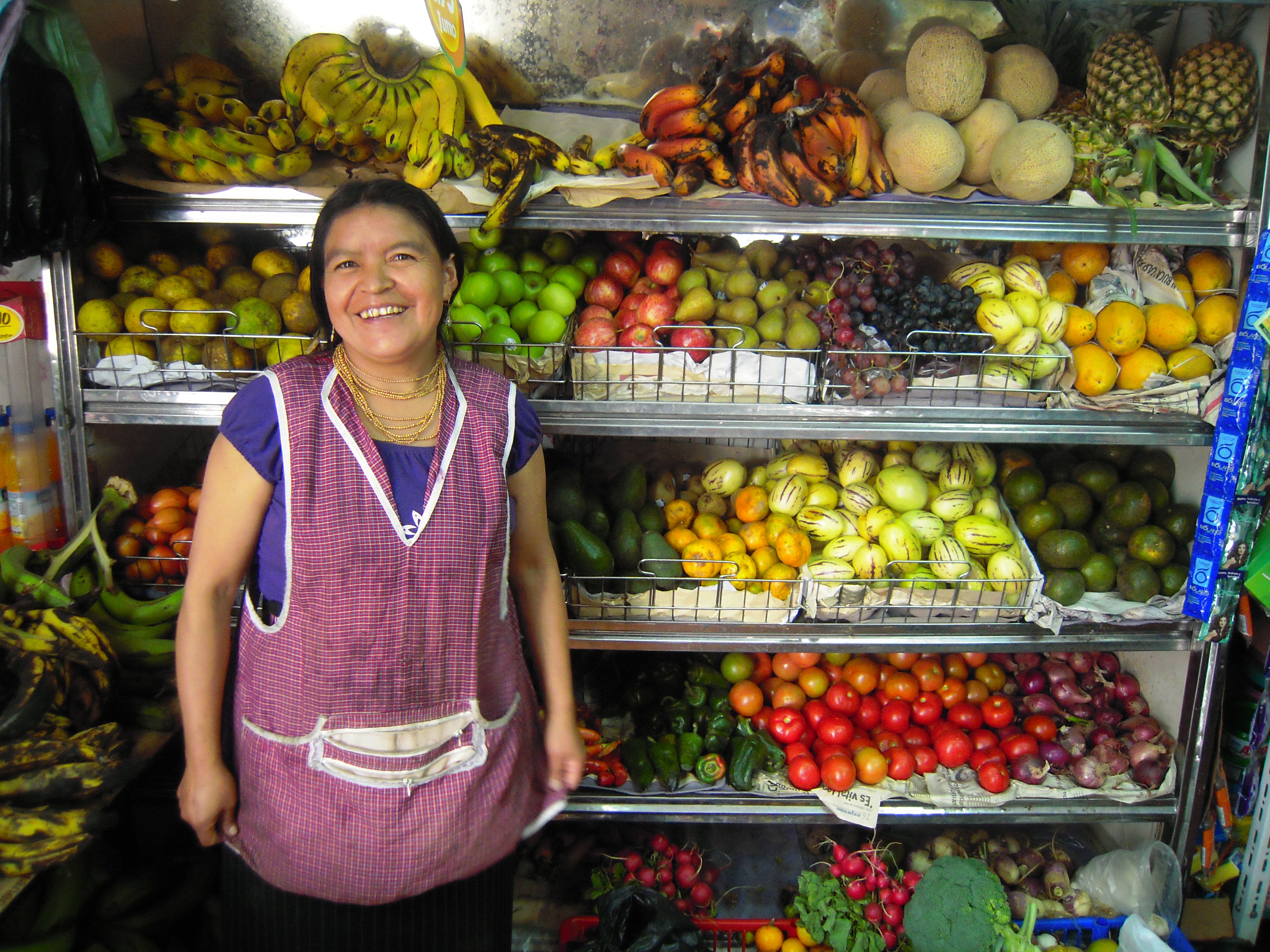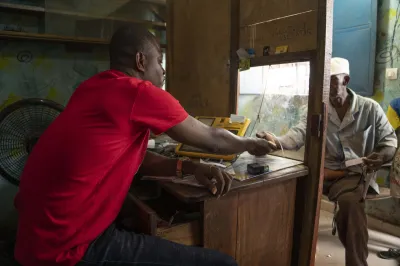Colombia’s Recipe for 100% Agent Coverage: Aggregation & Sharing
Para leer este blog en español, haga clic aquí.
Last year Colombia announced that all of its more than 1,100 municipalities had at least one banking agent, or corresponsal bancario, serving customers in need of financial services. Universal coverage is a fundamental building block toward universal financial access. How did Colombia do it?
Research conducted by CGAP and Banca de las Oportunidades to better understand rural and frontier agents points chiefly to third-party agent networks – companies that supply agents to multiple banks and therefore provide de facto shared agents. These aggregators operate almost three-quarters of all banking agents in Colombia, and as such play a big role.

The research shows why these aggregators work, and how they could play an even bigger role in expanding and improving financial services for customers. Specifically, we found that:
- Aggregators operate 72% of access points in Colombia and are better positioned to expand rural coverage through increased operational efficiency. Their aggregation model is more efficient in two ways. Firstly, they aggregate contracts to perform financial transactions on behalf of various types of companies, including multiple banks. This includes mainly cash-in and cash/out services as well as bill payments and remittances. Secondly, they aggregate numerous retail locations to their transactional platforms, enabling them to perform financial transactions instantaneously.
- The existing agent business models still have room for growth in 38% of the 691 rural municipalities. This means that the transactional pool in those locations is large enough so that additional agents would not erode average transaction levels per agent below profitability.
Other challenges remain. Our research found that:
- 22% of rural municipalities have agents with activity levels below what is profitable in urban areas. This hints at the need for innovative approaches and policies, such as increased efficiency through further aggregation and sharing.
- Standard reporting of banking agents required by regulators in Colombia duplicates by 98% the number of banking agents in Colombia, as each bank reports shared agents as their own. This is a common problem that can easily be solved by tweaking reporting procedures and it does not affect the universal coverage achievement.
The research used data from November 2014, before 100% coverage was announced; but we believe it offers insights into what is driving increased coverage, especially when it comes to agent aggregators. Additionally, the research had a conservative approach that included remote rural areas called corregimientos, which are not included in the 100% coverage figure.
What is happening in Colombia could be an interesting model for other regions and countries to follow when it comes to developing an agent network and advancing towards universal coverage.




Comments
I remember the time when I
I remember the time when I was still with CGAP and we started our relationship with Banca de las Oportunidades. We wanted to understand the business model and potential impact of banking agents, or correspondientes bancarios as they are called locally.
Good to know that this was not a short lived endeavour but actually led to 100% coverage of local communities ( which is cool but dies not say much about real client adoption and uptake).
I remember writing a blog early 2014 on the success of the agent networks in Colombia. Have a look ( http://hannahsiedek.com/where-are-we-with-banking-agents/) if you want to compare with today's coverage, client and transaction numbers, etc.
Thank you very much Hannah.
Thank you very much Hannah. It is indeed an ongoing endeavor. We did not get to the demand side data this time, hopefully we can do that in the future.
Add new comment